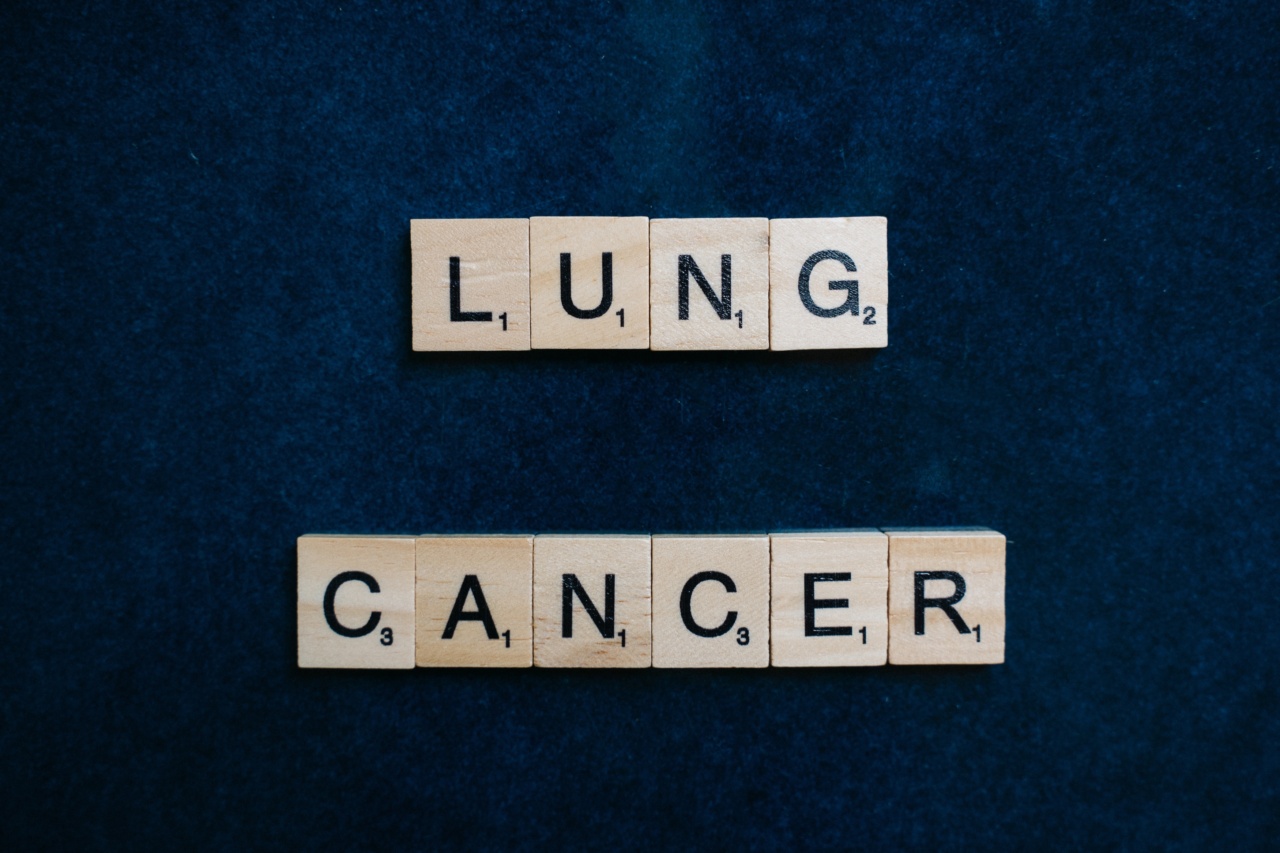Lung cancer is a deadly disease that is commonly associated with smoking. However, it is important to know that non-smokers are also at risk of developing this disease. In fact, lung cancer is the leading cause of cancer deaths in non-smokers worldwide.
There are several causes of lung cancer in non-smokers, and in this article, we will discuss the most prominent ones.
Radon Exposure
Radon is a radioactive gas that naturally occurs in soil and rocks. It can seep into homes and buildings through cracks and openings in the foundation, leading to long-term exposure.
According to the American Cancer Society, radon exposure is the second leading cause of lung cancer in non-smokers, accounting for about 20,000 deaths each year in the United States. It is important to have your home tested for radon levels and make necessary changes to decrease your exposure.
Air Pollution
Poor air quality can be a result of several environmental factors including transportation, industry, and energy production. Those exposed to high levels of air pollution have a higher risk of developing lung cancer, even if they have never smoked.
The World Health Organization (WHO) estimates that air pollution accounts for 29% of lung cancer deaths in non-smokers globally.
Occupational Exposure to Carcinogens
Workplace exposure to carcinogens such as asbestos, diesel exhaust, and silica dust can increase the risk of lung cancer in non-smokers.
Those working in construction, mining, transportation, and manufacturing are at a higher risk as they may be exposed to these harmful substances regularly. It is important to take necessary precautions such as wearing protective gear and following safety regulations to decrease the risk of cancer.
Genetic Predisposition
While the majority of lung cancers are caused by environmental factors, genetics can also play a role in its development.
Mutations in certain genes, such as EGFR and ALK, can make individuals more susceptible to lung cancer even if they have never smoked and haven’t been exposed to other risk factors. Additionally, those with a family history of lung cancer may have a higher risk of developing the disease.
Infections
Chronic infections such as tuberculosis and pneumonia have been linked to a higher risk of lung cancer in non-smokers.
In fact, the bacterium responsible for causing tuberculosis, Mycobacterium tuberculosis, has been classified as a carcinogen by the WHO. It is important to identify and treat infections promptly to decrease the risk of other complications such as lung cancer.
Diet and Lifestyle
The foods we eat and the lifestyle we lead can also impact our risk of developing lung cancer. A diet high in processed foods, red meat, and saturated fats has been linked to a higher risk of cancer.
Additionally, lack of exercise, obesity, and poor overall health can increase the risk of cancer. Leading a healthy lifestyle, eating a variety of fruits and vegetables, and staying active can help decrease the risk of cancer.
Conclusion
Despite common misconceptions, smoking is not the only cause of lung cancer. Non-smokers can also develop this deadly disease as a result of environmental factors, genetic predisposition, occupational exposure, infections, and lifestyle choices.
It is important to be aware of these risk factors and take necessary precautions to decrease the risk of cancer.



























